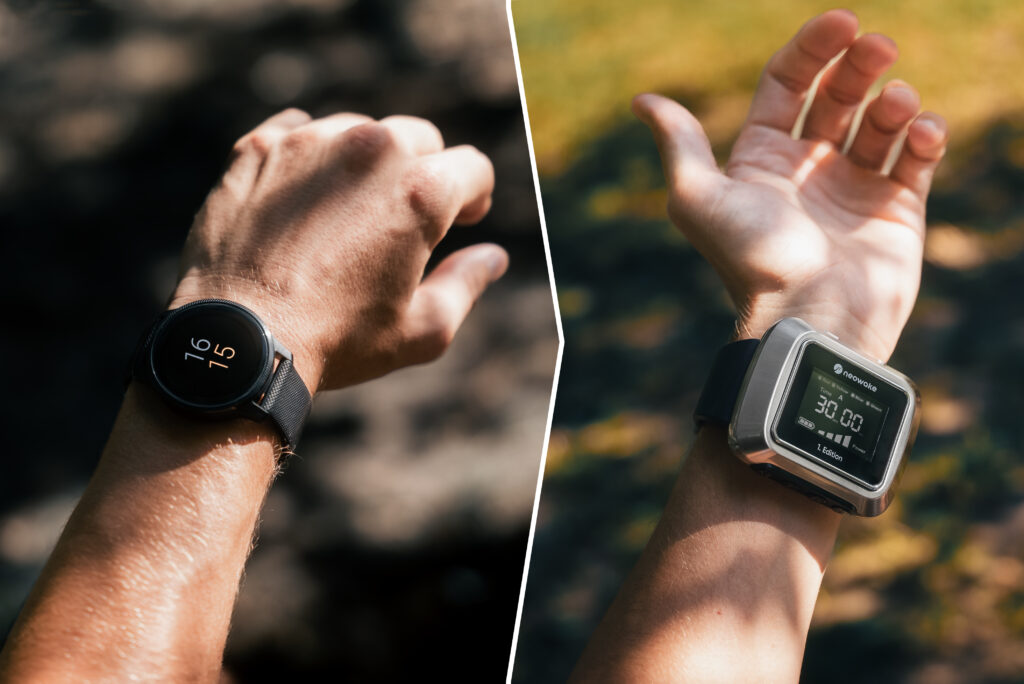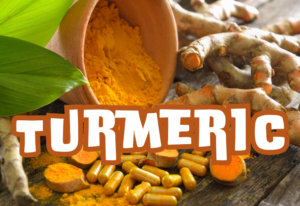
What is Light Therapy? Your Path to Improved Health
What is Light Therapy?
Light therapy, often known as phototherapy, has emerged as a non-invasive and possibly effective approach for treating a variety of medical ailments. This therapy involves controlled exposure to either natural sunshine or artificial light sources at specific wavelengths, with the goal of treating a variety of diseases that affect our well-being. This article explores the interesting realm of light therapy, including its processes, various uses, potential advantages, and safety concerns.
How Does Light Therapy Work?

In the 1990s, NASA successfully began researching the benefits of Light Therapy on wound healing in astronauts by helping cells and promoting tissue growth.
The human body has an internal clock called the circadian rhythm, which governs several physiological processes such as sleep-wake cycles, hormone synthesis, and metabolism. This cycle is tightly connected to ambient light cues, specifically sunshine exposure. When exposed to sunshine, the body creates melatonin, a hormone necessary for sleep regulation. In contrast, darkness inhibits melatonin production, encouraging wakefulness.
Light therapy works by exposing the skin or eyes to specific wavelengths of light that mimic natural sunlight. These wavelengths penetrate the skin and reach the underlying tissues, where they stimulate various biological processes. Light therapy affects the body’s circadian rhythm, hormone production, and neurotransmitter levels, leading to therapeutic effects.
However, seasonal changes or geographic regions with limited sunshine hours might upset this delicate balance. This disruption can result in a variety of health issues, including:
1. Seasonal affective disorder (SAD)
During change of seasons from fall to winter, there is a noticeable reduction in daylight hours, During this period SAD gets triggered caused by a reduction in regular sunshine exposure. Light has an impact on the intricate processes that govern the brain’s 24-hour circadian clock, which regulates not only our sleep and waking cycles but also digestion, hormonal activity, and other vital biological activities. SAD is characterized by symptoms such as depression, exhaustion, and social withdrawal during the winter months due to diminished sunlight exposure.
The neowake® Chroma Watch incorporates light therapy to enhance vitality and alertness. It utilizes specific light frequencies known to boost vitality and alertness, promoting a sense of well-being and mental clarity. This innovative feature makes it an ideal companion for individuals seeking to improve their mood and energy levels naturally, without the use of chemicals or medications.
2. Circadian rhythm sleep-wake disorders
A condition that disturbs the natural sleep-wake cycle, resulting in issues with sleep initiation, maintenance, or excessive drowsiness.
If your sleep-wake cycles are out of sync compared to conventional schedules, your body’s internal clock or circadian rhythm gets upset. You can reset your body’s internal clock just by exposing yourself to bright light (either natural or artificial).
To reset your internal clock and to remain healthy and energetic, it is strongly advised to take a 30-minute stroll in the sun just after sunrise. A bright sunny day is about 50,000 lux, whereas compared to a cloudy day of 10,000 lux. Exposure to sunlight enhances your mood, making you feel more energetic, in a great mood, and full of health.
3. Skin Disorders
Using specific wavelengths of light to treat a variety of skin problems.,
- Light therapy, which uses various hues of light such as blue, red, and near-infrared, efficiently heals skin disorders such as acne, fine wrinkles, and psoriasis. Blue light therapy targets acne-causing bacteria, and red light therapy promotes collagen formation and wound healing.
- Red light therapy is designed to treat certain skin concerns such as wrinkles, redness, scars, and symptoms of age. It improves skin color, eliminates roughness, and gives the skin a better overall feeling.
- Low-Level Laser treatment (LLLT): Another type of light treatment, LLLT, has demonstrated efficacy in treating several skin problems, including herpes simplex infection and encouraging wound healing.
4. Wound Healing
Light therapy, also known as photobiomodulation (PBM), has emerged as a viable way to improve wound healing.
- Biological Effects: Light therapy, particularly at blue and red wavelengths, activates a variety of biological processes necessary for wound healing. It boosts angiogenesis (the development of new blood vessels), increases fibroblast proliferation (cells that produce collagen), and lowers inflammation.
- Photobiomodulation: “Photobiomodulation” enhances mitochondrial ATP generation, cell signaling, and growth factor synthesis while reducing oxidative stress.
“photobiomodulation” regulates cellular activity by targeting certain chromophores, such as cytochrome c oxidase, within cells. This technique boosts cellular metabolism, which leads to better tissue repair and regeneration. - Acceleration of healing: Light treatment hastens the healing process for a variety of wounds, including ulcers, surgical wounds, cutaneous burns, and musculoskeletal injuries. Blue light therapy, specifically, has shown promise in healing chronic wounds.
- Red and near-infrared light: Both red and near-infrared have shown considerable benefits in wound healing by increasing cellular repair pathways and lowering inflammation.
5. Pain Management
- Reduced Pain Intensity: Research has shown that photobiomodulation therapy can effectively reduce pain intensity in conditions such as non-specific knee pain, osteoarthritis, and post-total hip discomfort.
- Mechanism of Action: Light therapy stimulates cellular activity through the absorption of light energy. This mechanism causes biochemical changes in cells, such as the production of endorphins and the regulation of inflammatory mediators, which help to relieve pain.
- Non-invasive Therapy: Light therapy is a non-invasive, drug-free approach for pain management. It can be used alone or in conjunction with other treatments to alleviate pain and improve overall health.
- Chronic Pain Management: Light therapy has shown promise in addressing chronic pain disorders, providing patients with a safe and effective long-term pain management solution.
Weighing in the Advantages of Light Therapy

Light therapy features various potential benefits, making it an appealing option for people looking for non-invasive and medication-free treatment methods. Here are several major advantages:
- Effectiveness: Light therapy has shown significant efficacy in treating a variety of illnesses, most notably SAD and circadian rhythm sleep-wake disorders.
- Safety: Light therapy is generally considered safe and has few negative effects when used properly under the supervision of a healthcare practitioner.
- Non-invasive: Unlike drugs or surgery, light therapy does not require any intrusive procedures, making it a more comfortable and manageable treatment choice.
- Convenience: Light treatment can be provided at home using light boxes or lamps, giving patients greater flexibility and convenience.
Potential Side Effects of Light Therapy
- Mild Side Effects: Jumpiness/jitteriness, headache, and nausea are some of the most commonly reported moderate adverse effects of light treatment.
- Eye Discomfort: Some people may have eye strain, discomfort, or vision issues, especially if the light source is extremely bright or poorly positioned.
- Photophobia: Light sensitivity, or photophobia, can arise in response to intense light exposure, causing discomfort in bright situations.
- Fatigue and Irritability: Prolonged exposure to light therapy might cause weariness or irritability in some people, especially if the treatment is excessive.
- Hypomania: In rare situations, patients with certain mood disorders may have hypomanic symptoms, characterized by elevated mood and higher energy levels, following light treatment sessions.
- Tissue Damage: Overexposure or incorrect usage of light treatment devices, particularly red light therapy, can result in tissue and cell damage.
- Sleep Disturbance: Light therapy, especially when administered late in the day, might alter sleep cycles and contribute to insomnia.
Conclusion
Light therapy, a non-invasive treatment, provides a diverse approach to a variety of health conditions. Light treatment for Seasonal Affective Disorder (SAD) replicates natural sunlight, which helps regulate circadian cycles and enhance mood. It also shows promise in treating a variety of skin conditions, including acne and eczema, by stimulating tissue repair and lowering inflammation. Furthermore, light treatment plays an important role in pain management, providing relief from illnesses such as osteoarthritis and chronic pain by regulating inflammatory mediators and increasing cellular activity.
Furthermore, It also promotes wound healing by stimulating fibroblast proliferation and angiogenesis, making it useful for ulcers, surgical wounds and burns. Finally, light treatment helps sleep disorders by resetting circadian rhythms, which improves sleep quality and addresses concerns such as insomnia. With its demonstrated efficacy, safety, and convenience of use, light therapy is a beneficial therapeutic modality for a variety of health issues, providing patients with a comprehensive approach to wellbeing.




